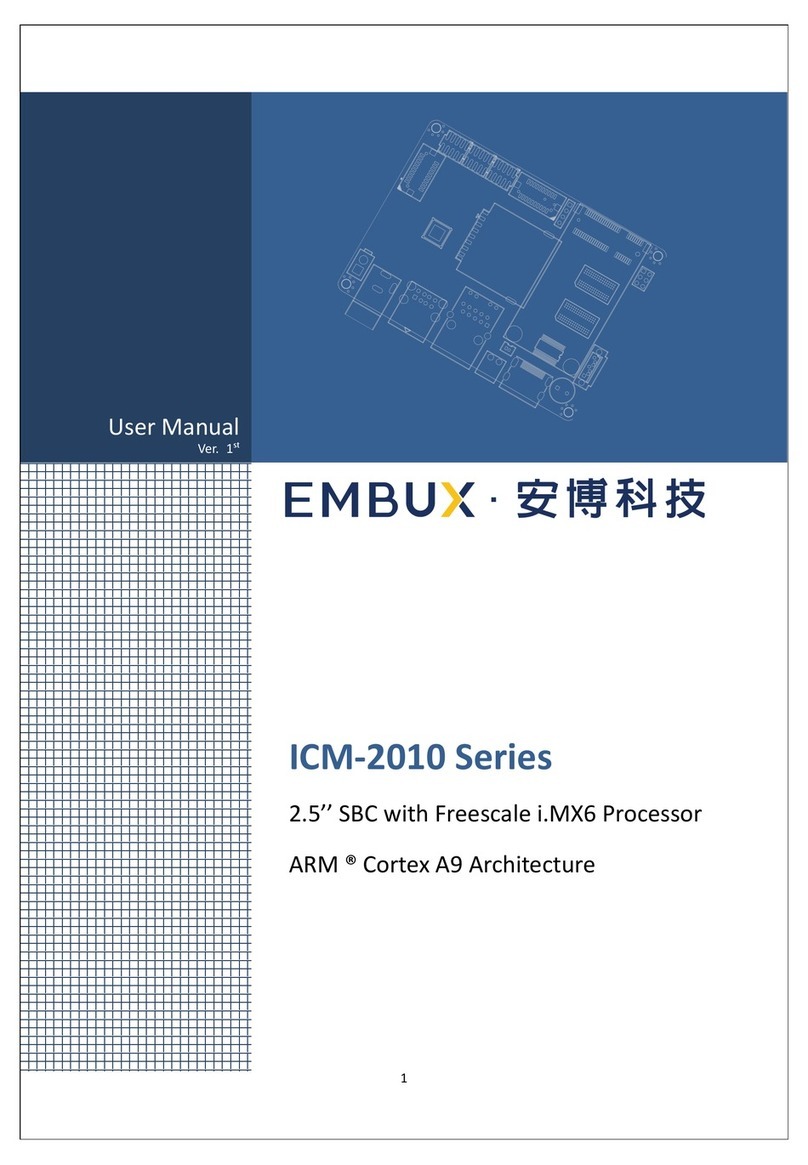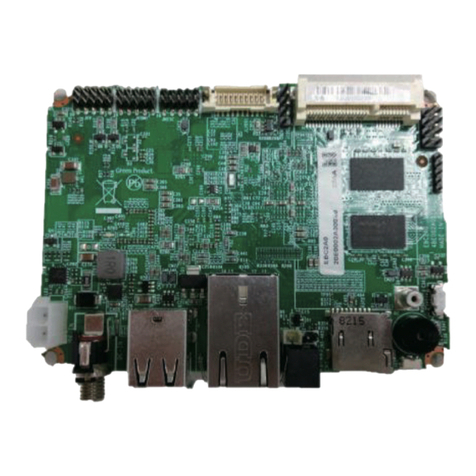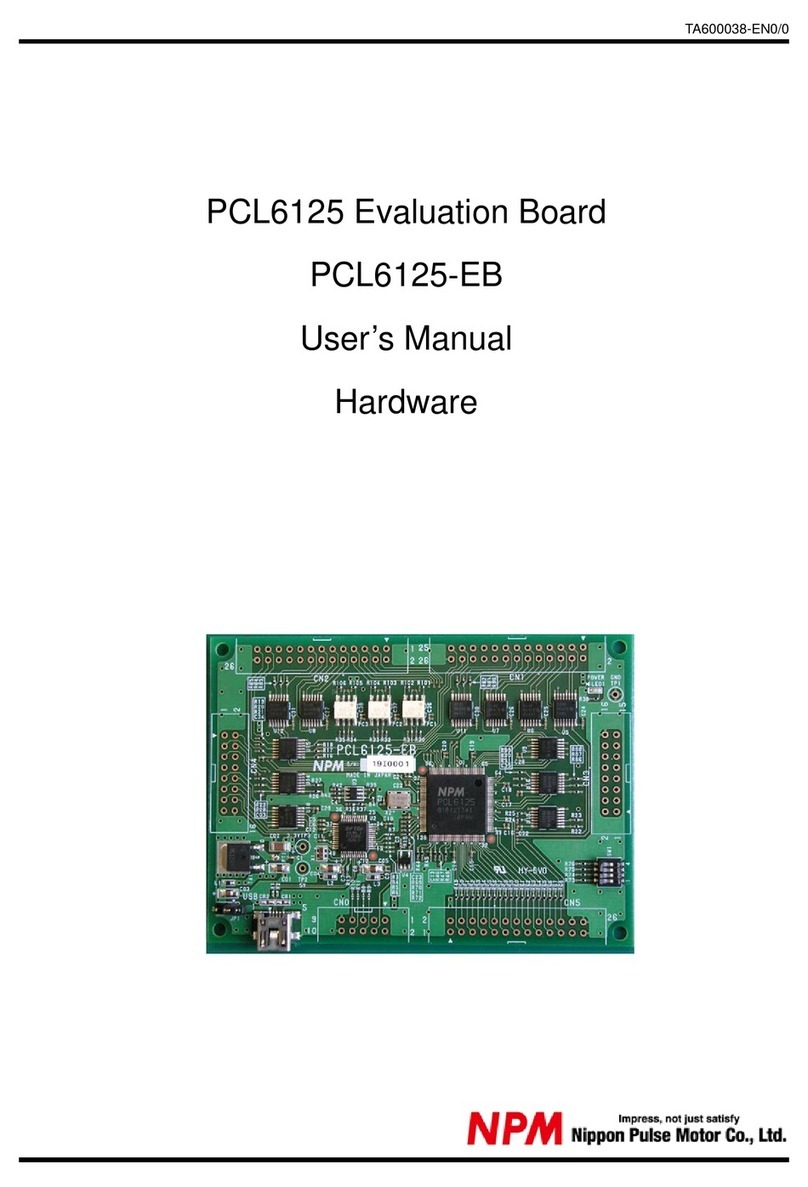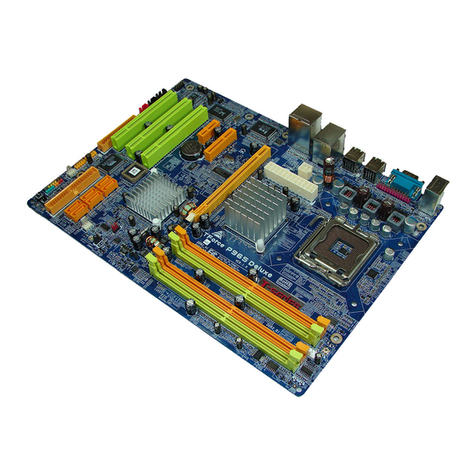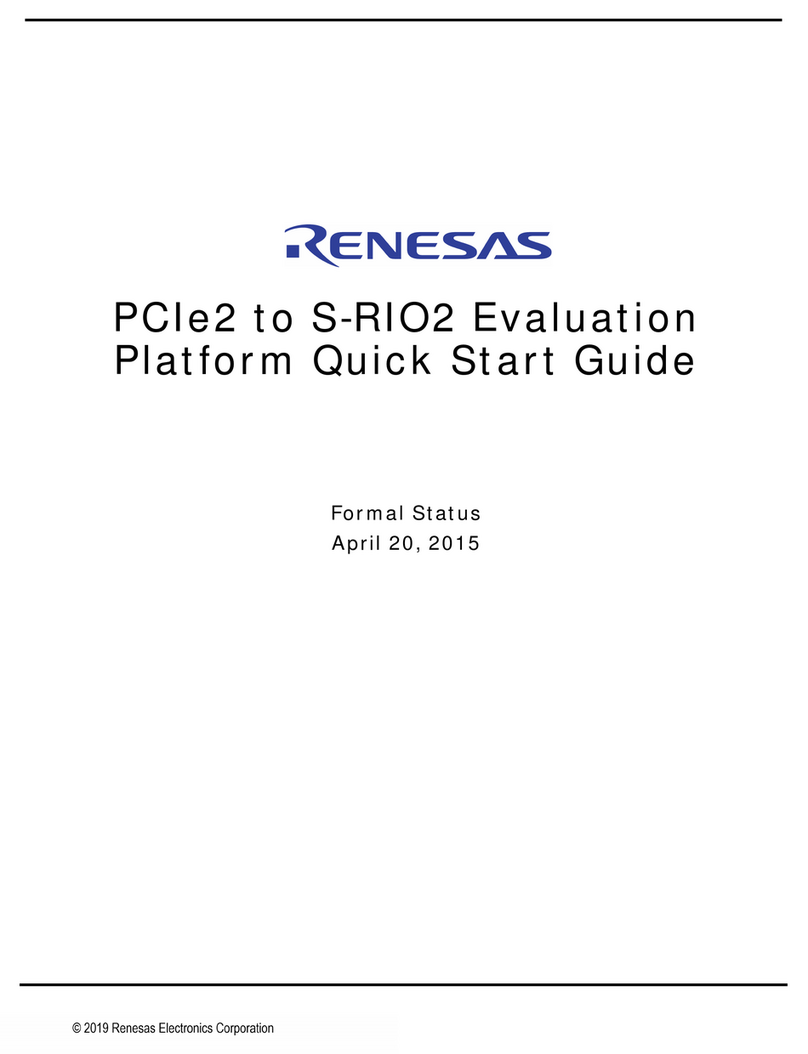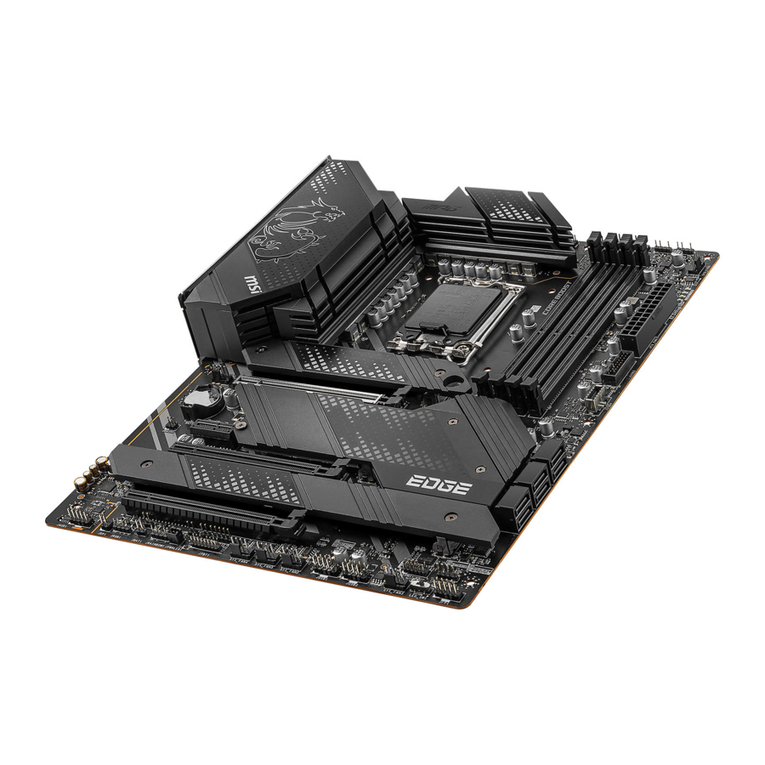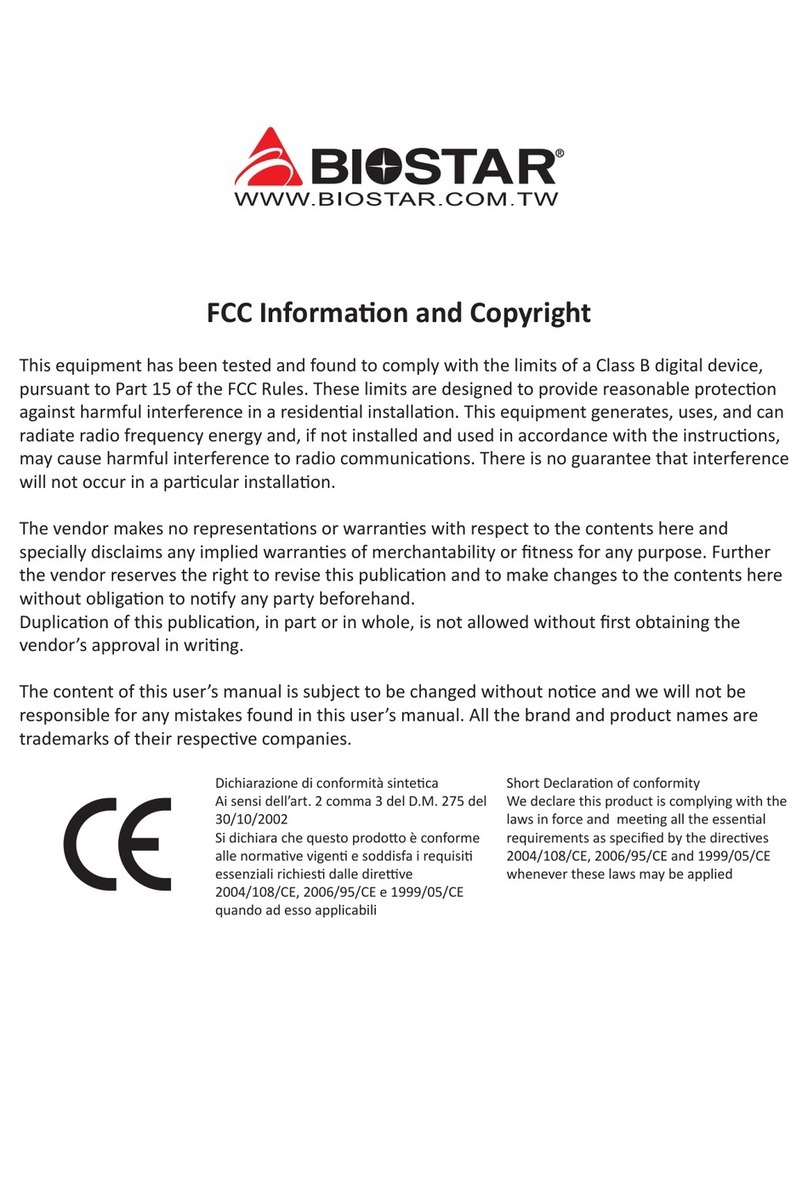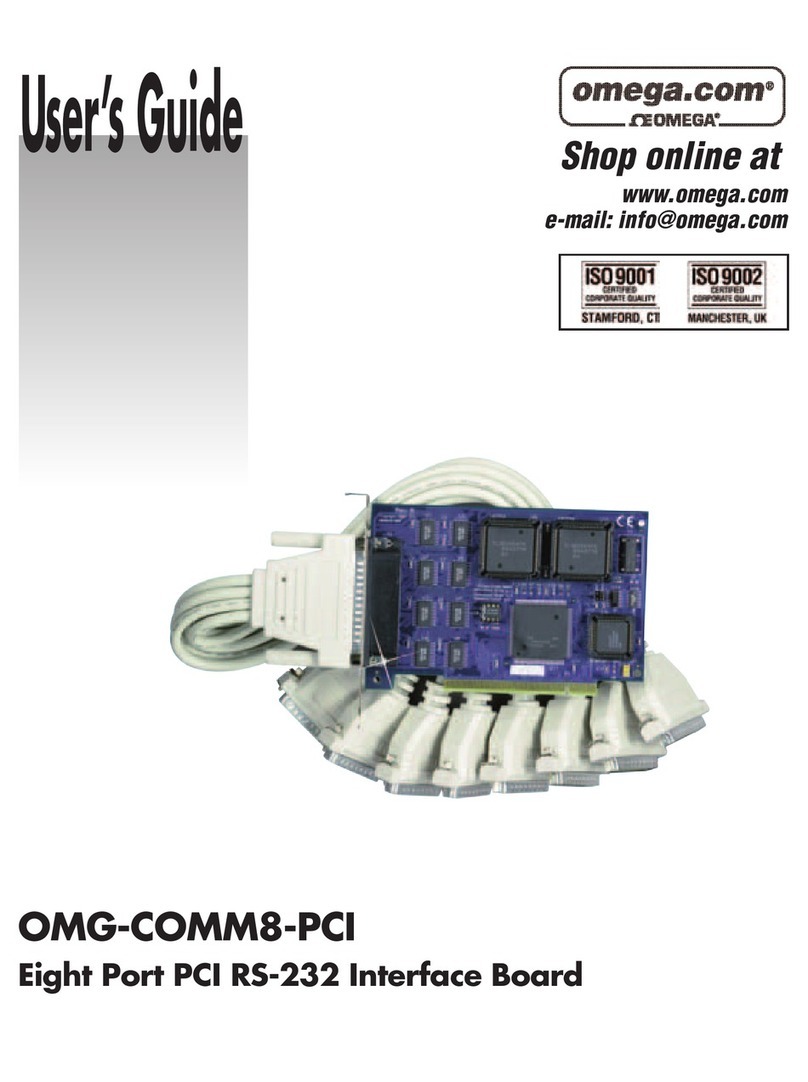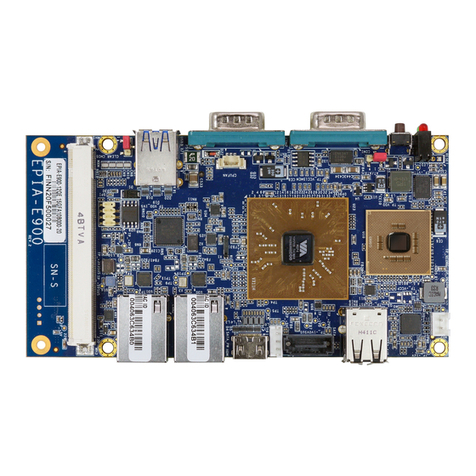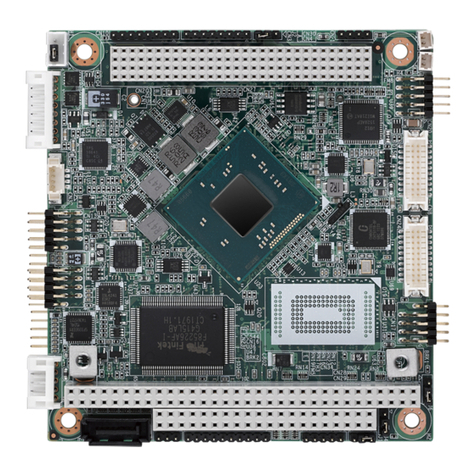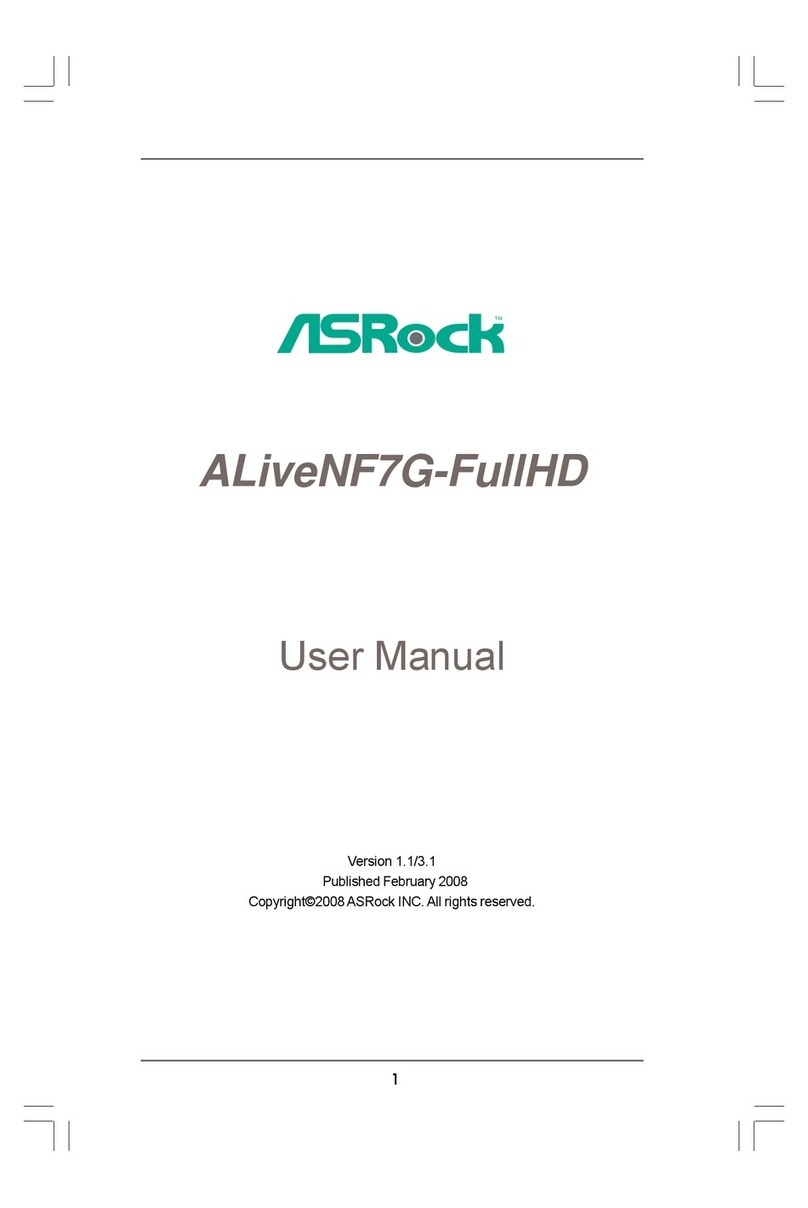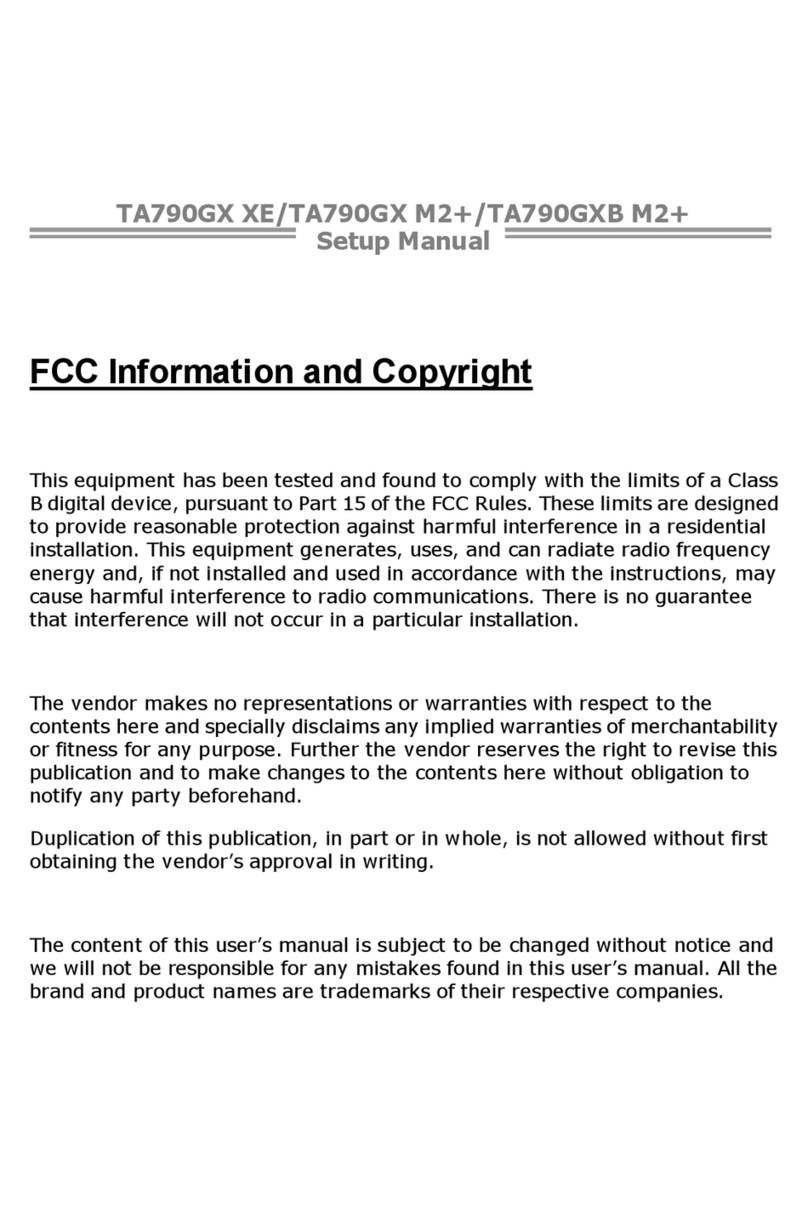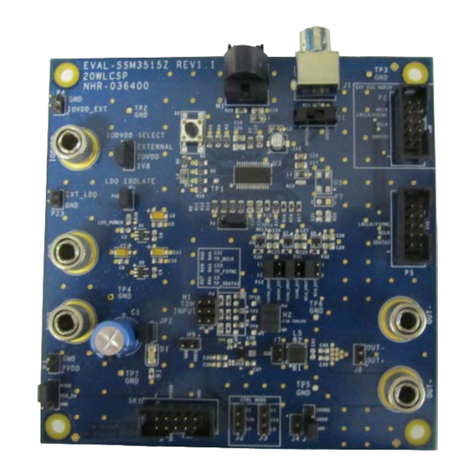Embux ICM-3011 Series User manual

1
ICM-3011 Series
3.5’’ SBC with NXP i.MX6 Processor
ARM ® Cortex A9 Architecture
User Manual
Ver. 1st

2
Copyright
Copyright © 2015 EMBUX Technology Co., Ltd., All rights reserved.
EMBUX Technology Co., Ltd. reserves the right to make improvements in the
products described in this manual at any time without notice. No part of this
manual may be reproduced, copied, translated or transmitted in any form or by
any means without prior written permission of EMBUX Technology Co., Ltd.
Trademark
The EMBUX logo is a registered trademark of EMBUX Technology Co., Ltd.
All other trademarks or registered marks in this manual belong to their respective
manufacturers.
Disclaimer
Information in this document is subject to change without notice and does not
represent a commitment on the part of EMBUX.
EMBUX provides this document as is, without warranty of any kind, either
expressed or implied, including, but not limited to, its particular purpose. EMBUX
reserves the right to make improvements and/or changes to this manual, or to
the products and/or the programs described in this manual, at any time.
Information provided in this manual is intended to be accurate and reliable.
However, EMBUX Technology Co., Ltd. assumes no responsibility for its use, nor
for any infringements of the rights of third parties, which may result from its use.
This product might include unintentional technical or typographical errors.
Changes are periodically made to the information herein to correct such errors,
and these changes are incorporated into new editions of the publication.

3
Declaration of Conformity
FCC Class A
Note: this device has been tested and found to comply with the limits for a Class
A digital device, pursuant to part 15 of the FCC Rules. These limits are designed
to provide reasonable protection against harmful interference in a residential
installation. This device generates, uses and can radiate radio frequency energy
and, if not installed and used in accordance with the instructions, may cause
harmful interference to radio communication. However, there is no guarantee
that interference will not occur in a particular in a particular installation. If this
device does cause harmful interference to radio or television reception, which
can be determined by turning the device off and on, the user is encouraged to try
to correct the interference by one or more of following measures:
Reorient or relocate the receiving antenna
Increase the separation between the device and receiver
Connect the device into an outlet on a circuit different from that to which
receiver is connected
Consult the dealer or an experienced radio/TV technician for help
CE Marking
This device has passed the CE test for environmental specifications when shielded
cables are used for external wiring. We recommend the use of shielded cables.
This device has passed the CE test for environmental specifications. Test
conditions for passing included the equipment being operated within an
industrial enclosure. In order to protect the product from being damaged by ESD
(Electrostatic Discharge) and EMI leakage, we strongly recommend the use of CE-
compliant industrial enclosure products.

4
Document Amendment History
Revision
Date
Remark
1st
Jan 2016
Initial released
2nd
Mar 2016
Hardware User Guide modified
3rd
Mar 2016
Software User Guide & System Recovery
modified

5
Table of Contents
1. Product Overview ..................................................................................................8
1.1. Introduction ...........................................................................................8
1.2. Specification...........................................................................................8
1.3. Block Diagram ......................................................................................10
2. Hardware User Guide...........................................................................................12
2.1. Dip Switch Setting and Connector Locations .......................................12
2.2. DIP Switch Setting ................................................................................13
2.2.1. Booting from eMMC (Default) .....................................................13
2.2.2. Upgrade latest image to eMMC (PG)...........................................13
2.2.3. Booting from SD...........................................................................13
2.3. Connector.............................................................................................14
2.3.1. Connector List ..............................................................................14
2.3.2. Connector Setting ........................................................................15
2.3.2.1. JAUDIO .................................................................................15
2.3.2.2. JBLK ......................................................................................15
2.3.2.3. JCOM1..................................................................................15
2.3.2.4. JCOM4..................................................................................16
2.3.2.5. JCOMA..................................................................................16
2.3.2.6. JCOMB..................................................................................16
2.3.2.7. JCOMC..................................................................................16
2.3.2.8. JCOMD .................................................................................17
2.3.2.9. JDC-IN...................................................................................17
2.3.2.10. JEMBUX (MCU) ..................................................................17
2.3.2.11. JFP ......................................................................................18
2.3.2.12. JGPIO (i.MX6).....................................................................18
2.3.2.13. JI2C.....................................................................................18
2.3.2.14. JLVDS1................................................................................18
2.3.2.15. JLVDS2................................................................................19
2.3.2.16. JMISC..................................................................................19
2.3.2.17. JRS-485...............................................................................19
2.3.2.18. JSPI .....................................................................................19
2.3.2.19. JSPKR_L ..............................................................................20
2.3.2.20. JSPKR_R..............................................................................20
2.3.2.21. JUSB ...................................................................................20
2.3.2.22. RS-485................................................................................20
2.4. Mechanical Drawing.............................................................................21

6
3. Software User Guide............................................................................................23
3.1. Introduction .........................................................................................23
3.2. Working with the ICM-3011 Board and Platform ................................23
3.2.1. Board hardware ...........................................................................23
3.2.2. Board images................................................................................23
3.2.3. Downloading board images .........................................................24
3.2.4. Booting.........................................................................................26
3.3. Applications and Testing ......................................................................27
3.3.1. Ethernet Test................................................................................27
3.3.2. USB (TBD).....................................................................................27
3.3.3. SD .................................................................................................28
3.3.4. I2C ................................................................................................28
4. System Recovery ..................................................................................................30
4.1. Download the SD image.......................................................................30
4.2. Write an SD/MMC Card using Linux (Ubuntu).....................................30
4.3. Write an SD/MMC Card using Windows..............................................31
4.3.1. Introduction .................................................................................31
4.3.2. Preparations.................................................................................31
4.3.3. Create SD-Card.............................................................................31
4.4. Write an SD/MMC Card using MAC OS X.............................................32
4.4.1. Graphical interface.......................................................................32
4.4.2. Command line..............................................................................32
4.4.3. Alternative method......................................................................33

7
Chapter 1
Product Overview
This chapter provides background information of ICM-3011.

8
1. Product Overview
1.1. Introduction
ICM-3011 is a 3.5’’ SBC (Single Board Computer) with ARM Cortex-A9 NXP i.MX6
DualLite 1GHz processor and ARM Cortex™-M0 32-bit RISC core (MCU). The ICM-3011
supports 2GB DDR3, 8MB NOR Flash and 4GB eMMC NAND Flash, 2 x LVDS, 1 x HDMI
display, 1 x Gigabit LAN with IEEE 1588, 4 x USB 2.0, 1 x USB OTG, 4 x RS-232(8-wire),
2 x RS-232(4 wire), 2 x RS-485, 2 x CAN, 1 x SDIO and 1 x SD.
Integrated unique dual hardware structure and RTOS (Real Time Operating
System) design, ICM-3011 has outstanding crash free protection on both hardware
reliability and software stability. With the special features, ICM-3011 is a perfect device
to meet customers’ versatile needs.
The ICM-3011 focuses on industrial application and it provides high performance
and low power consumption from its ARM ® Cortex A9 architecture which is ready-to-
run, compact, and easy-to-expand. With flexible I/O interfaces and complete hardware
and software solutions, ICM-3011 is a fast time-to-market platform for customers to
develop their applications and products easily.
1.2. Specification
System Hardware - CPU
CPU
NXP i.MX6 Cortex-A9 DualLite
Memory
Technology
DDR3-800
Capacity
Onboard 2GB
Flash
4GB eMMC NAND Flash
8MB NOR Flash
Graphic
HDMI
1 x HDMI connector
LVDS
2 x 18/24 bit LVDS header (2x10 1.25mm Hirose DF13 series
compatible)
Watchdog Timer
1~256 level (0.5 second / level)
RTC
EPSON RX8010SJ RTC chip
Indicator
LED
1 x configurable indicator controlled by i.MX6
I/O
LAN
1 x Micrel KSZ9031RNX Gigabit Ethernet
USB
4 x USB 2.0
USB OTG
1 x USB OTG (Micro USB Type AB connector)
Serial Port
4 x RS-232 (8-wire) header
2 x RS-232 (4-wire) header
1 x RS-485 (3.5mm terminal block)
1 x RS-485 (miscellaneous header)
CAN
2 x CAN (miscellaneous header)
GPIO
8 x GPIO header

9
Button
1 x power-on header
1 x reset button
SD socket
1 x SD socket
SDIO socket
1 x SDIO socket
System Hardware - MCU
(For EMBUX system product design only)
MCU
STM32F051R8T6
Memory
Flash
8MB NOR Flash
I/O
EMBUX X Port
1 x EMBUX X Port (miscellaneous header-JMISC)
I2C
1 x I2C interface (2x10 1.25mm Hirose DF13 series compatible, shared
with SPI and GPIO) for Mainboard MCU to accessory (i.e. OLED module)
connection purpose
SPI
1 x SPI interface (2x10 1.25mm Hirose DF13 series compatible, shared
with I2C and GPIO) for Mainboard MCU to accessory (i.e. OLED module)
connection purpose
GPIO
7-bit GPIO (2x10 1.25mm Hirose DF13 series compatible, shared with
SPI and I2C) for Mainboard MCU to accessory (i.e. OLED module)
connection purpose
2-bit GPIO (5x2 header, pitch 2.0mm-JFP)
System Software
Operating System
yocto
Daisy 1.6.2
android
Lollipop 5.0.2
WEC
Windows Embedded Compact 7
Environment & Mechanism
Temperature
Operating
temperature
-20~70°C
Humidity
Operating
humidity
5%~95% Relative Humidity, non-condensing
Mechanism
Dimension
3.5" SBC (146mm X 102mm)
Power
DC-input
12V (10.8V~13.2V)
Control
Power on by DC attached or via power button
Consumption
~3.5W

10
1.3. Block Diagram

11
Chapter 2
Hardware User Guide
This chapter introduces the startup procedures of ICM-3011, device
integration. It also introduces the setting of switches, indicators and
also shows the mechanical drawings. Be sure to read all safety
precautions before you begin installation procedure.

12
2. Hardware User Guide
2.1. DIP Switch Setting and Connector Locations
Top side:
Rear side:
JFP
JCOM1
JMISC
JUSB
JGPIO
JCOM4
JCOMA
JCOMB
JCOMC
JCOMD
JEMBUX
connector
JDC-IN
JBLK
SIM
MPCIE2
SD
JLVDS1
JLVDS2
MPCIE1
SDIO
JSPI
JI2C
JSPKR_L
JSPKR_R
JAUDIO
MUSB
DC-IN
USB
LAN
JRS-485
HDMI
LINE_OUT
MIC_IN
RS-485
RESET
DIPSW

13
2.2. DIP Switch Setting
The ICM-3011 has a 10-bits DIP switches for configuration. Please make sure the
switches set as the following settings.
2.2.1. Booting from eMMC (Default)
DIPSW
1
2
3
4
5
6
7
8
9
10
eMMC
ON
OFF
OFF
ON
ON
OFF
OFF
ON
ON
ON
Table 1: DIPSW (default setting)
2.2.2. Upgrade latest image to eMMC (PG)
DIPSW
1
2
3
4
5
6
7
8
9
10
PG
OFF
ON
X
X
X
X
X
X
X
X
Table 2: DIPSW (upgrade latest image to eMMC)
2.2.3. Booting from SD
DIPSW
1
2
3
4
5
6
7
8
9
10
SD
ON
OFF
OFF
ON
OFF
OFF
OFF
ON
ON
OFF
Table 3: DIPSW (booting from SD)

14
2.3. Connector
2.3.1. Connector List
DC-IN
DC power input connector
ψ2.5mm DC Jack
HDMI
HDMI connector
JAUDIO
Audio pin header
5 x 2 header, pitch 2.0mm
JBLK
LVDS backlight connector
8 x 1 connector, pitch 2.0mm
JCOM1
RS-232 pin header
5 x 2 header, pitch 2.0mm
JCOM4
RS-232 pin header
5 x 2 header, pitch 2.0mm
JCOMA
RS-232 pin header
5 x 2 header, pitch 2.0mm
JCOMB
RS-232 pin header
5 x 2 header, pitch 2.0mm
JCOMC
RS-232 pin header
5 x 2 header, pitch 2.0mm
JCOMD
RS-232 pin header
5 x 2 header, pitch 2.0mm
JDC-IN
DC power input connector
2 x 1 connector, pitch 3.96mm
JEMBUX
Proprietary connector
DF13-20DP-1-25V
JFP
Front panel connector
5 x 2 header, pitch 2.0mm
JGPIO
GPIO pin header
5 x 2 header, pitch 2.0mm
JI2C
I2C connector
4 x 1 header, pitch 2.54mm
JLVDS1
LVDS channel 1 connector
DF13-20DP-1-25V
JLVDS2
LVDS channel 2 connector
DF13-20DP-1-25V
JMISC
Miscellaneous connector
5 x 2 header, pitch 2.0mm
JRS-485
RS-485 pin header
2 x 1 header, pitch 2.0mm
JSPI
SPI pin header
6 x 1 header, pitch 2.54mm
JSPKR_L
Speaker Out connector
2 x 1 connector, pitch 2.0mm
JSPKR_R
Speaker Out connector
2 x 1 connector, pitch 2.0mm
JUSB
USB pin header
5 x 2 header, pitch 2.0mm
LAN
Ethernet connector
RJ-45
LINE_OUT
Line-Out connector
ψ3.5mm Phone Jack
MIC_IN
Mic-In connector
ψ3.5mm Phone Jack
MPCIE1
Both PCI Express and USB 2.0
connectivity
MPCIE2
USB 2.0 connectivity only
MUSB
USB OTG
Micro USB Type AB Receptacle
RS-485
RS-485 connector
2 x 1 Terminal Block, pitch 3.5mm
SD
SD card socket
SDIO
SDIO card socket
SIM
SIM card socket
Mini-SIM socket
USB
USB connector
Stacked Type A Receptacle

15
2.3.2. Connector Setting
2.3.2.1. JAUDIO
Description
Pin
Pin
Description
LINE_IN_R
1
2
LINE_IN_L
N/C
3
4
MIC_DETECT
MIC_IN
5
6
MIC_BIAS
LINE_OUT_R
7
8
LINE_OUT_L
GNDA
9
10
LINE_OUT_DETECT
2.3.2.2. JBLK
Description
Pin
VIN
1
VIN
2
VIN
3
Backlight EN (3.3V)
4
Backlight CTL (3.3V)
5
GND
6
GND
7
GND
8
Remark:
VIN pins connect to DC-IN power input directly. For example, if DC-In is attached to a 12V adaptor, then the
VIN output voltage will be 12V.
2.3.2.3. JCOM1
Description
Pin
Pin
Description
N/C
1
2
RS-232_RX1
RS-232_TX1
3
4
N/C
GND
5
6
N/C
RS-232_RTS1
7
8
RS-232_CTS1
N/C
9
10
N/C

16
2.3.2.4. JCOM4
Description
Pin
Pin
Description
N/C
1
2
RS-232_RX4
RS-232_TX4
3
4
N/C
GND
5
6
N/C
RS-232_RTS4
7
8
RS-232_CTS4
N/C
9
10
N/C
2.3.2.5. JCOMA
Description
Pin
Pin
Description
RS-232_DCDA
1
2
RS-232_RXA
RS-232_TXA
3
4
RS-232_DTRA
GND
5
6
RS-232_DSRA
RS-232_RTSA
7
8
RS-232_CTSA
RS-232_RIA
9
10
N/C
2.3.2.6. JCOMB
Description
Pin
Pin
Description
RS-232_DCDB
1
2
RS-232_RXB
RS-232_TXB
3
4
RS-232_DTRB
GND
5
6
RS-232_DSRB
RS-232_RTSB
7
8
RS-232_CTSB
RS-232_RIB
9
10
N/C
2.3.2.7. JCOMC
Description
Pin
Pin
Description
RS-232_DCDC
1
2
RS-232_RXC
RS-232_TXC
3
4
RS-232_DTRC
GND
5
6
RS-232_DSRC
RS-232_RTSC
7
8
RS-232_CTSC
RS-232_RIC
9
10
N/C

17
2.3.2.8. JCOMD
Description
Pin
Pin
Description
RS-232_DCDD
1
2
RS-232_RXD
RS-232_TXD
3
4
RS-232_DTRD
GND
5
6
RS-232_DSRD
RS-232_RTSD
7
8
RS-232_CTSD
RS-232_RID
9
10
N/C
2.3.2.9. JDC-IN
Description
Pin
GND
1
VIN
2
2.3.2.10. JEMBUX (MCU)
Description
Pin
Pin
Description
3.3V
2
1
5V
3.3V
4
3
5V
MCU_GPIO0
6
5
GND
MCU_GPIO1
8
7
MCU_SS
MCU_GPIO2
10
9
MCU_CLK
MCU_GPIO3
12
11
MCU_MOSI
MCU_GPIO4
14
13
MCU_MISO
MCU_GPIO5
16
15
GND
MCU_GPIO6
18
17
MCU_I2C CLK
N/C
20
19
MCU_I2C DAT
Remark:
Match connector: DF13-20DS-1.25C
GPIO pin control by MCU (level 3.3V)
MCU_SS: SPI Slave Select (active low, output from master)
MCU_CLK: SPI Serial Clock (output from master)
MCU_MOSI: SPI Master Output, Slave Input (output from master)
MCU_MISO: Master Input, Slave Output (output from slave)
MCU is for EMBUX system product design only

18
2.3.2.11. JFP
Description
Pin
Pin
Description
5V
1
2
LED control by MCU
5V
3
4
LED control by CPU
CPU power on
5
6
GND
MCU_GPIO7
7
8
GND
MCU_GPIO8
9
10
GND
Remark:
GPIO pin control by MCU (level 3.3V)
2.3.2.12. JGPIO (i.MX6)
Description
Pin
Pin
Description
GPIO_00
1
2
GPIO_04
GPIO_01
3
4
GPIO_05
GPIO_02
5
6
GPIO_06
GPIO_03
7
8
GPIO_07
GND
9
10
GND
2.3.2.13. JI2C
Description
Pin
3.3V
1
I2C_SCL
2
I2C_SDA
3
GND
4
2.3.2.14. JLVDS1
Description
Pin
Pin
Description
3.3V
2
1
5V
3.3V
4
3
5V
Backlight EN (3.3V)
6
5
LVDS0_CLK-
Backlight CTL (3.3V)
8
7
LVDS0_CLK+
GND
10
9
GND
LVDS0_TX1-
12
11
LVDS0_TX0-
LVDS0_TX1+
14
13
LVDS0_TX0+
GND
16
15
GND
LVDS0_TX3-
18
17
LVDS0_TX2-
LVDS0_TX3+
20
19
LVDS0_TX2+
Match connector: DF13-20DS-1.25C

19
2.3.2.15. JLVDS2
Description
Pin
Pin
Description
3.3V
2
1
5V
3.3V
4
3
5V
Backlight EN (3.3V)
6
5
LVDS1_CLK-
Backlight CTL (3.3V)
8
7
LVDS1_CLK+
GND
10
9
GND
LVDS1_TX1-
12
11
LVDS1_TX0-
LVDS1_TX1+
14
13
LVDS1_TX0+
GND
16
15
GND
LVDS1_TX3-
18
17
LVDS1_TX2-
LVDS1_TX3+
20
19
LVDS1_TX2+
Match connector: DF13-20DS-1.25C
2.3.2.16. JMISC
Description
Pin
Pin
Description
EMBUX X-Port RS-485 DATA-
1
2
RS-485 DATA3-
EMBUX X-Port RS-485 DATA+
3
4
RS-485 DATA3+
GND
5
6
N/A
CAN_1_H
7
8
CAN_2_H
CAN_1_L
9
10
CAN_2_L
2.3.2.17. JRS-485
Description
Pin
RS-485 DATA2-
1
RS-485 DATA2+
2
2.3.2.18. JSPI
Description
Pin
3.3V
1
SPI2_MOSI
2
SPI2_MISO
3
SPI2_CS0
4
SPI2_CLK
5
GND
6

20
2.3.2.19. JSPKR_L
Description
Pin
SPKR_L+
1
SPKR_L-
2
2.3.2.20. JSPKR_R
Description
Pin
SPKR_R+
1
SPKR_R-
2
2.3.2.21. JUSB
Description
Pin
Pin
Description
USB_5V
1
2
USB_5V
USB_DN8
3
4
USB_DN7
USB_DP8
5
6
USB_DP7
GND
7
8
GND
GND
9
10
N/C
2.3.2.22. RS-485
Description
Pin
RS-485 DATA2-
1
RS-485 DATA2+
2
Table of contents
Other Embux Motherboard manuals
Popular Motherboard manuals by other brands
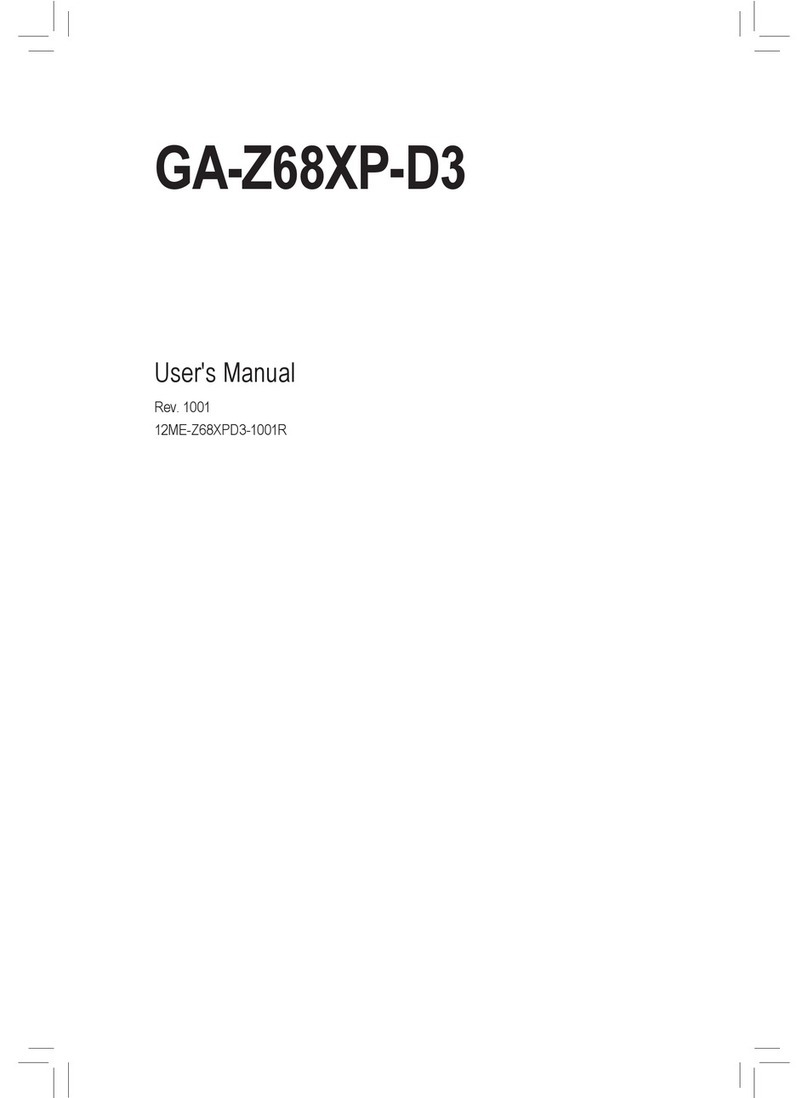
Gigabyte
Gigabyte GA-Z68XP-D3 user manual
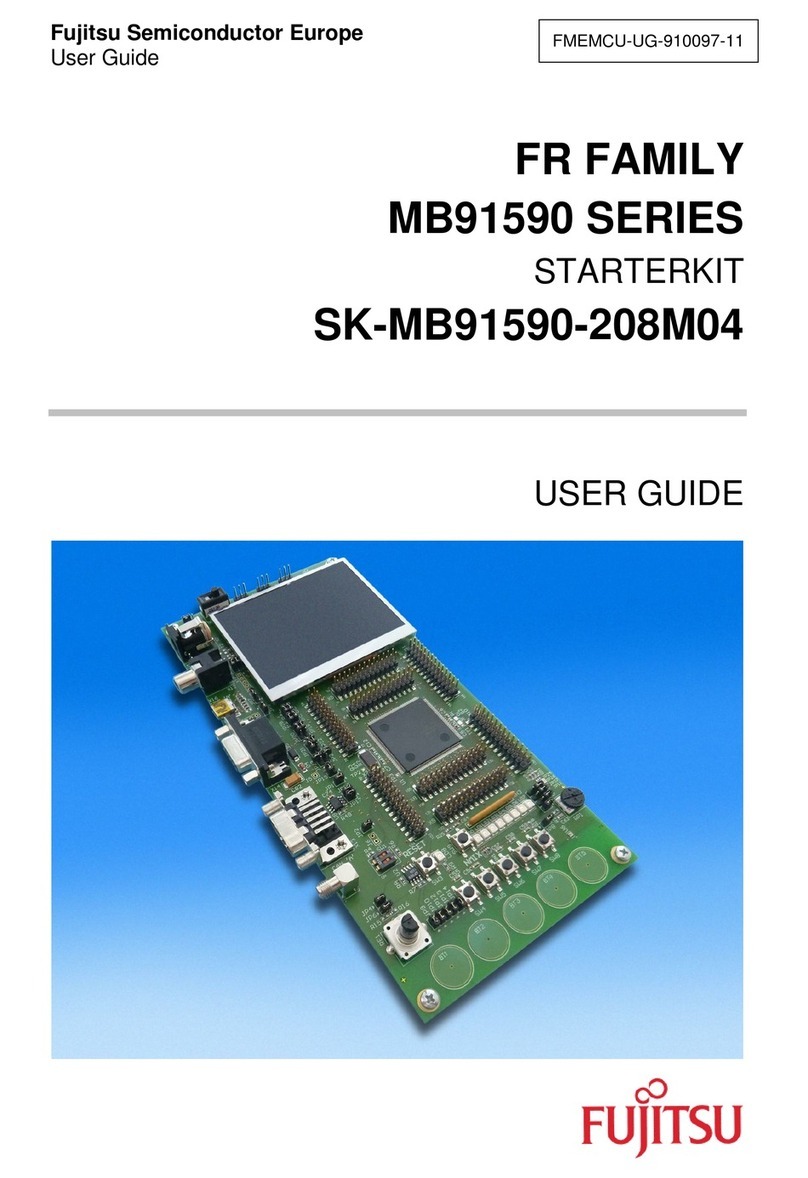
Fujitsu
Fujitsu SK-MB91590-208M04 user guide
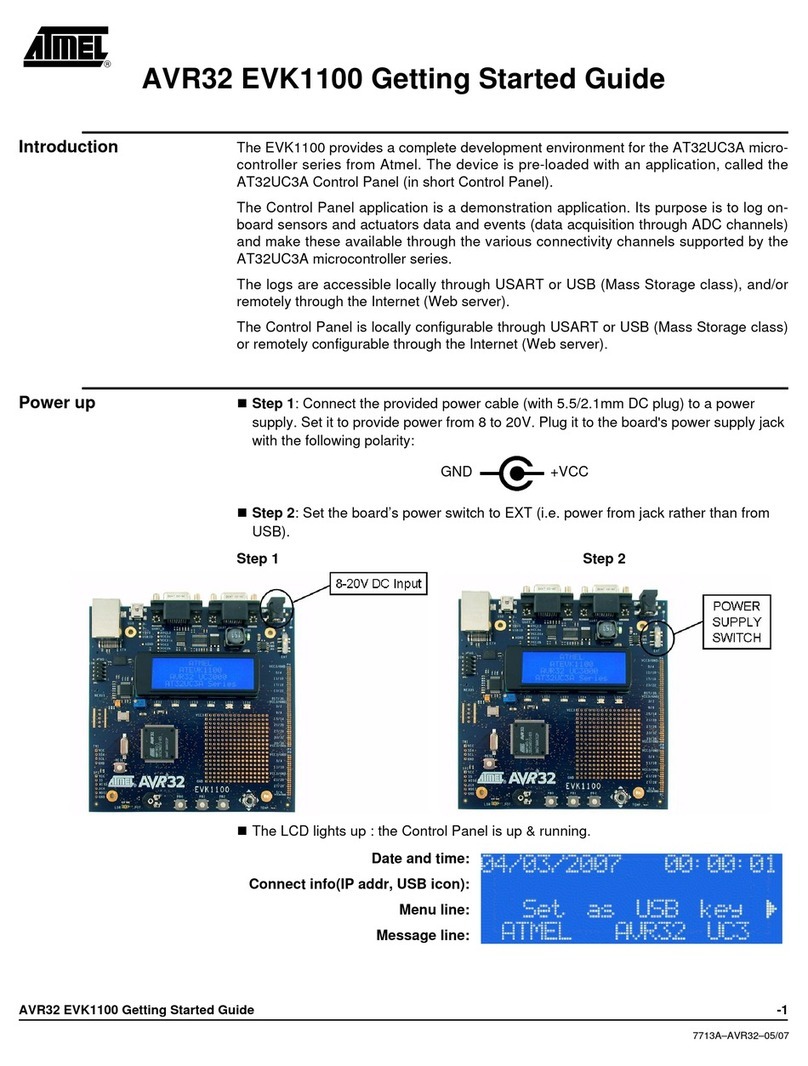
Atmel
Atmel AVR32 EVK1100 Getting started guide
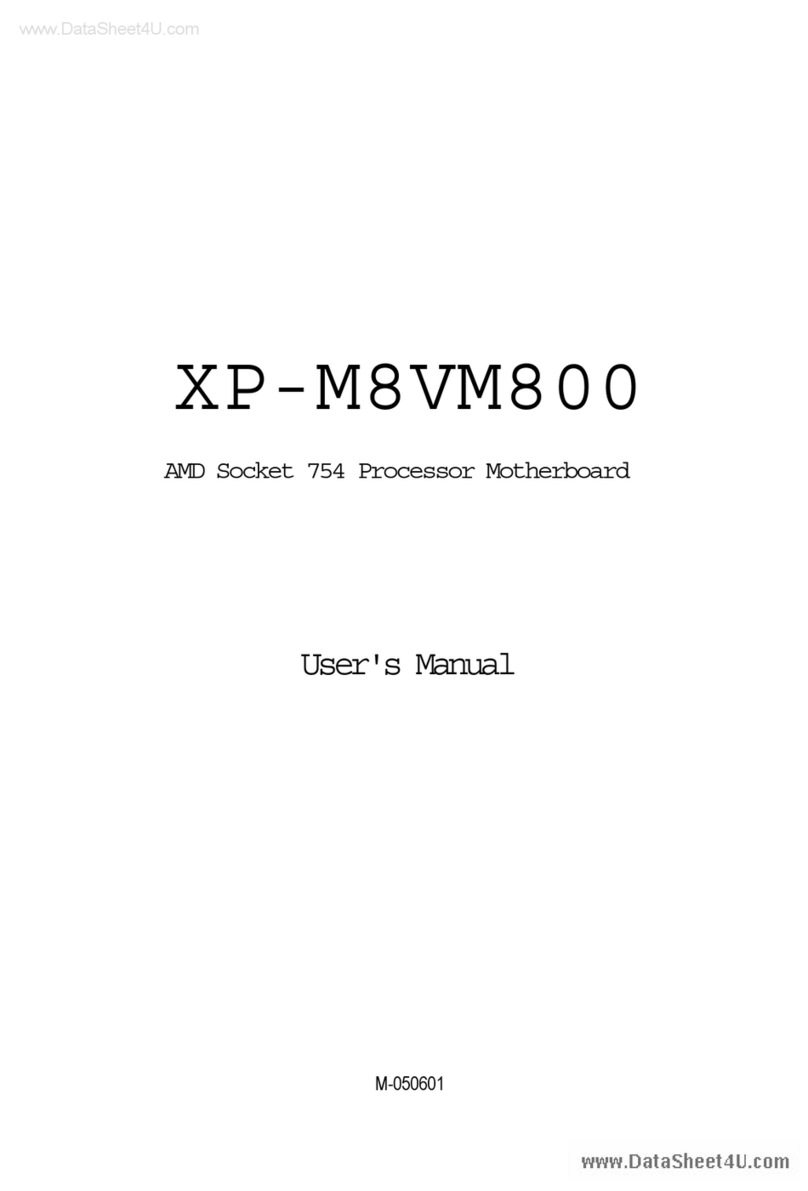
Gigatrend Technology
Gigatrend Technology XP-M8VM800 user manual
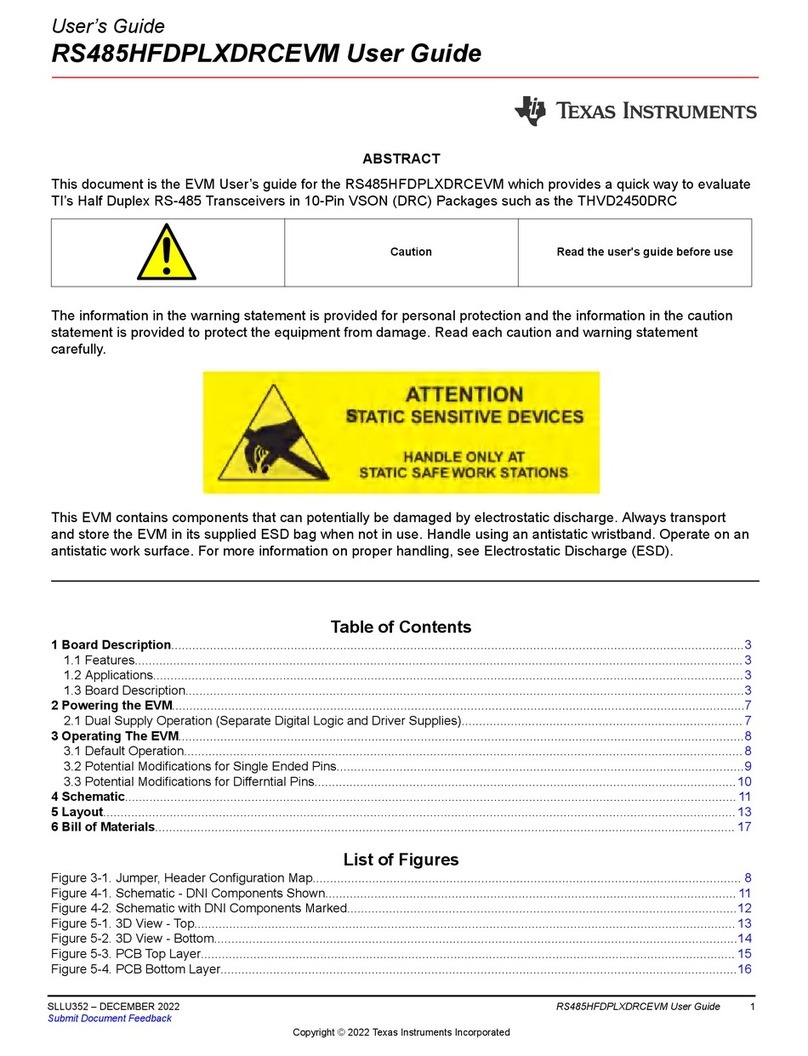
Texas Instruments
Texas Instruments RS485HFDPLXDRCEVM user guide
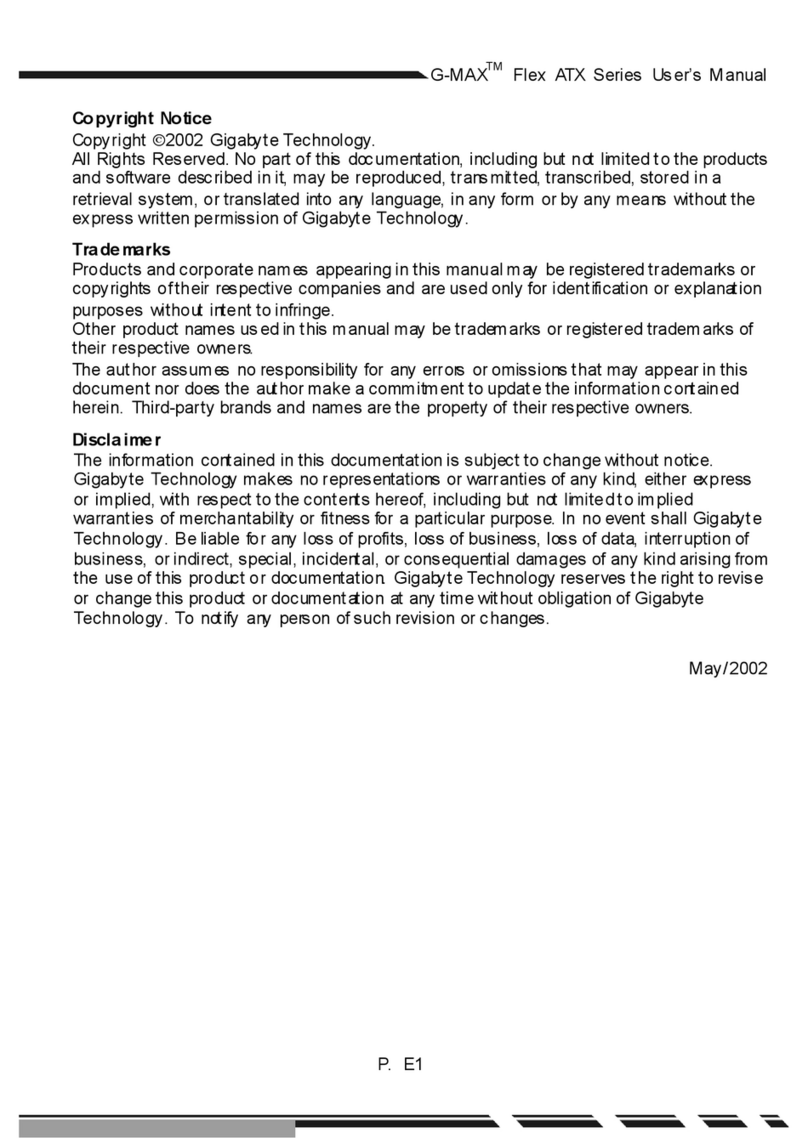
Gigabyte
Gigabyte G-MAX Flex ATX Series user manual
